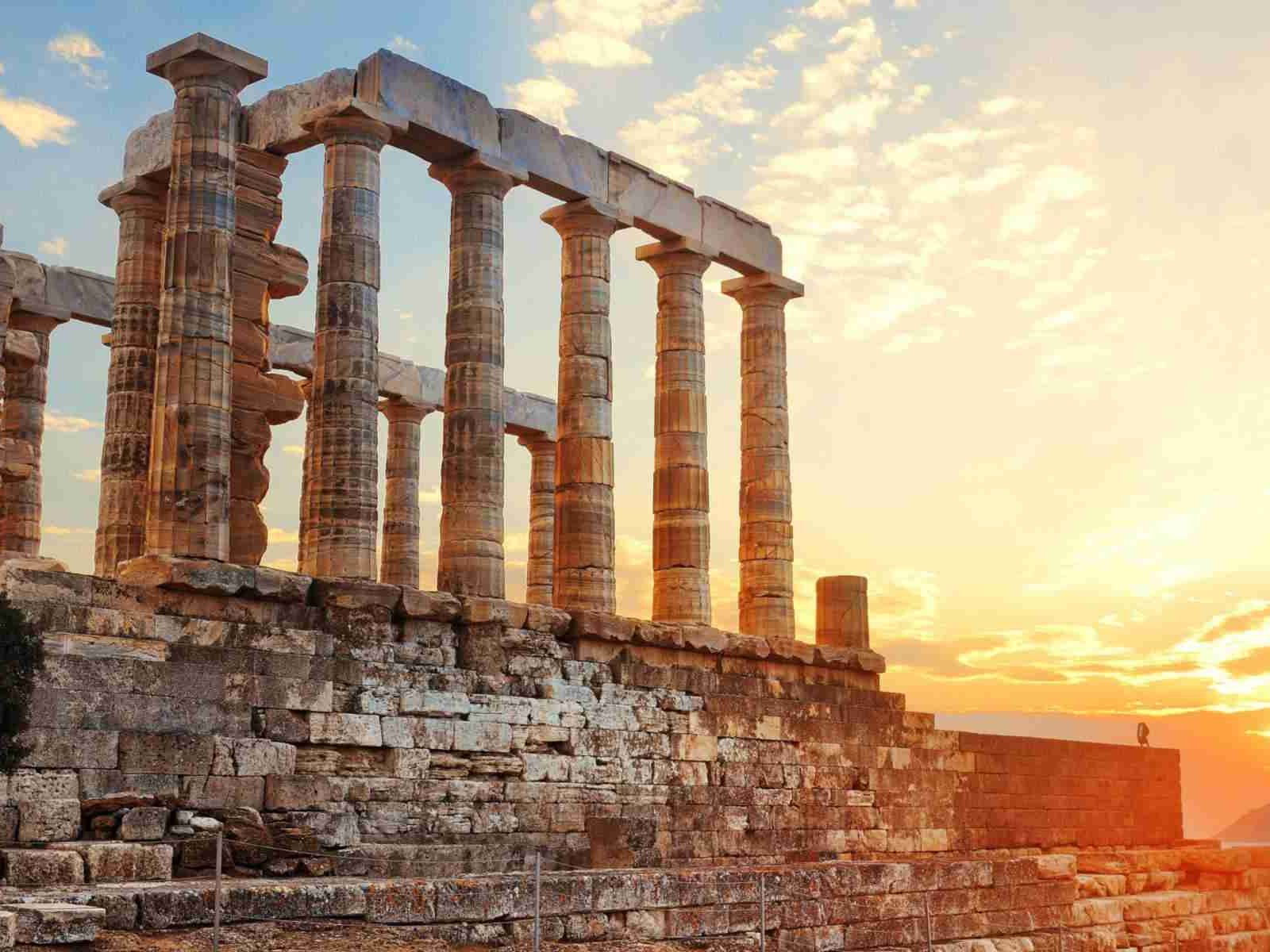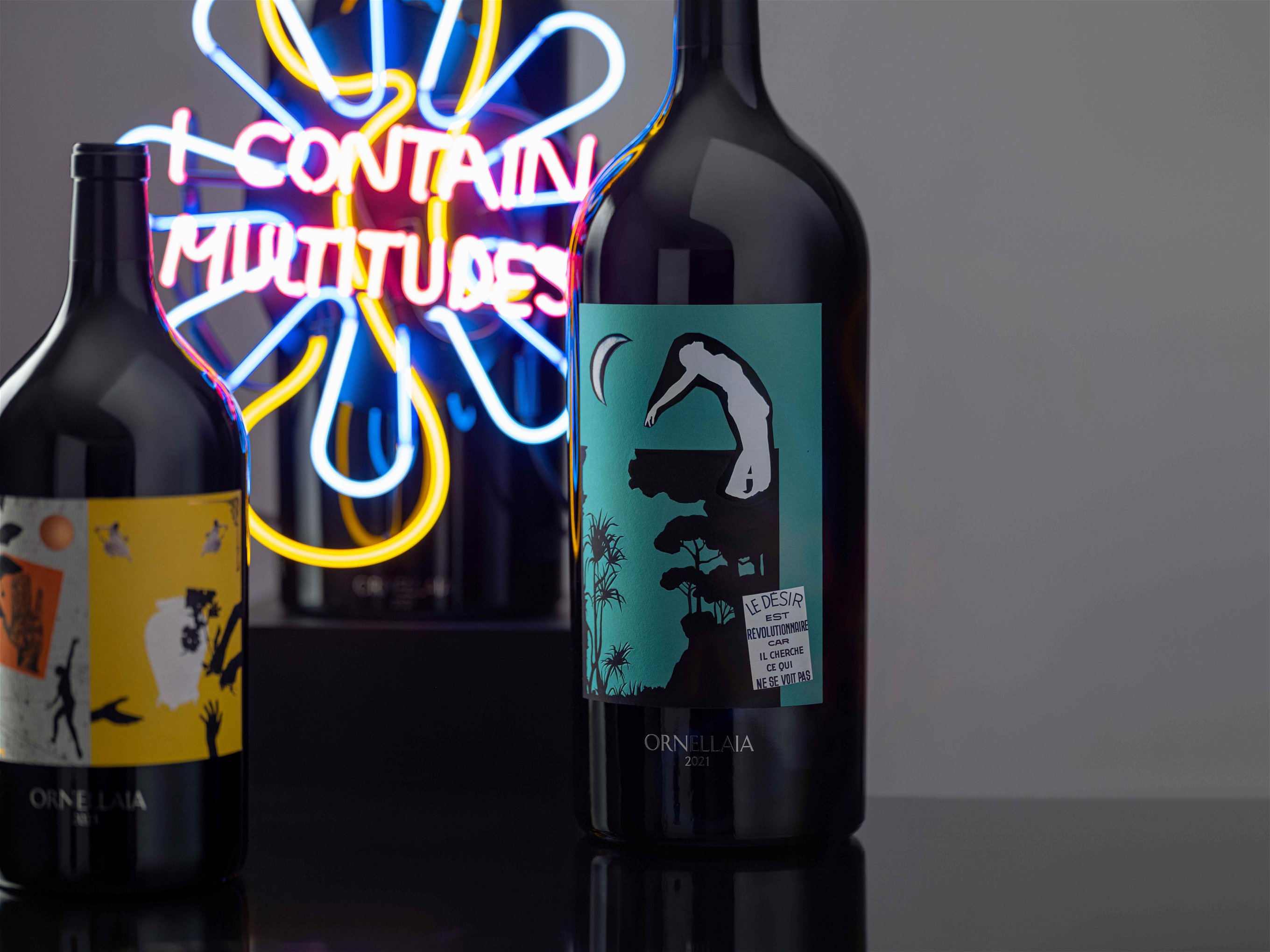Five Italian Grape Varieties You’ve Never Heard Of
Every Italian region – sometimes every valley it seems – hides a precious collection of indigenous grape varieties. Here are five exciting examples to look out for on a wine list.
1. Carricante
Mount Etna is a mesmerising presence over eastern Sicily and in recent years its wines have had a similar effect on wine lovers. Carricante is a local white variety that thrives on these high, volcanic slopes. High yielding and late ripening, when well managed it produces wines with lemony, electric acidity alongside a cooling aniseed and mineral character.
Among the producers to be entranced by the potential of Etna Carricante is Sicilian powerhouse Planeta, who began making wine here in 2012. Their expressions of this variety, sometimes blended with a little complementary Riesling, show off Carricante’s potential for expressive flavour, texture and bottle age. It’s no coincidence that another Italian star, Gaja, has chosen to focus on Carricante for their own Etna project, Idda, whose first wines launched in late 2021.
2. Biancolella
This white rarity is found in Campania, more specifically the island of Ischia and other islands off the coast of Naples. As with Carricante and Etna, the powerful volcanic soils found here seem to bring the best out of Biancolella. Instead of the fairly light, neutral expression this variety often displays in other parts of Campania, here it takes on real flair, with flavours of pineapple and honeysuckle balanced by a distinctive saline and stony character.
Long-term Ischia grape growers the D’Ambra family are widely acknowledged as a leading producer of Biancotella. Another local name to look out for with similar multigenerational expertise in this grape variety is Antonio Mazzella. Try some with your seafood linguine, ideally with a glorious view over the Gulf of Naples.
3. Picolit
“Picolit is for Italy what Yquem is for France,” declared the respected Italian wine writer Luigi Veronelli. A 19th century visitor to the royal courts of Europe might well have sipped a precious glass of this fine, sweet specialism from the hills of Friuli. So why is Picolit not better known today? Well, for starters, there’s very little of it. By the 1970s little more than 20 hectares remained.
Today this low yielding, viticulturally challenging variety enjoys protected status as Colli Orientali del Friuli Picolit DOCG. Even so, it is still permissible – although generally regarded as undesirable by those pursuing the highest quality – to include up to 15% Verduzzo in the blend. At its finest, Picolit offers a delicate dance of apricot, orange blossom and ginger spice. In an inconsistent field, look out for top producers Aquila del Torre, Livio Felluga and Ronchi di Cialla.
4. Teroldego
If you have already encountered a bottle of this little known Italian variety, then there’s a good chance its label carried the name Foradori. Elisabetta Foradori, and now her children Emilio, Theo and Myrtha Zierock, are proud custodians of their corner of Trentino and have arguably done more than anyone else to preserve this region’s most distinguished local red grape variety.
Genetically linked to Syrah, Teroldego shares its famous relative’s deep colour and dark fruit with a savoury, peppery edge and mouth-coating tannins that demand food. The best examples – and more producers are now taking this variety seriously – display a vibrancy, purity and refinement that etch the Teroldego indelibly in the memory.
5. Nerello Mascalese
While Carricante is busy putting Mount Etna’s white wines on the map, Nerello Mascalese is ensuring the volcano’s reds more than keep pace. A close relative of Sangiovese, this is a thoroughly Italian variety. What’s more, with a name derived from the town of Mascali, which lies sandwiched between Etna and the sea, Nerello Mascalese clearly has particularly deep roots in this corner of northeastern Sicily.
A late-ripening grape that retains acidity well, Nerello Mascalese offers an enticing combination of red cherry fruit alongside more savoury herb and tobacco flavours. It can often be found in a successful blend with the softer, more floral Nerello Cappuccio. As for top examples, the Benanti family has been making wine on Etna’s slopes since the 19th century and continues to set the benchmark. Among the crowd of more recent arrivals, Donnafugata makes a particularly upmarket statement with this proudly Sicilian grape.














